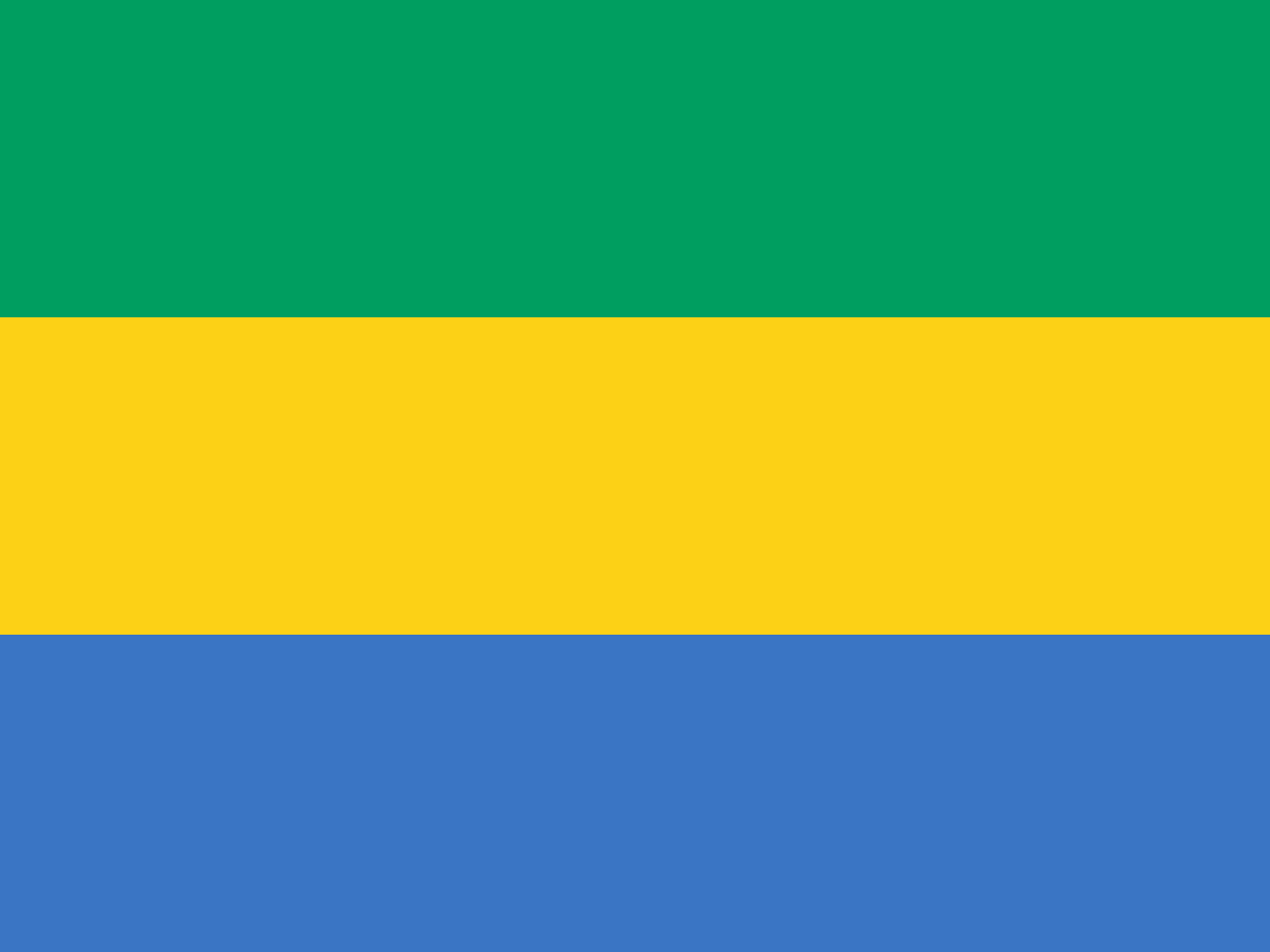The sixth annual One Planet Summit is set to begin on Wednesday, with the fate of forests at the top of the agenda. Politicians, scientists, and NGOs will converge in Libreville, Gabon, to discuss the future of rainforests in the Congo basin, Southeast Asia, and the Amazon basin – and whether countries in the Global North should finance the preservation of the Earth’s “green lungs”.
This year’s gathering has been dubbed the One Forest Summit to reflect its focus on protecting the vast tropical forests in the Congo basin as well as those in the Amazon basin and Southeast Asia. The decision to hold the summit in the Congo basin is significant because Central Africa’s tropical forest is one of the main carbon sinks on the planet, says Alain Karsenty, forest economist and researcher at the French Agricultural Research Centre for International Development and a Central Africa specialist.
The tropical rainforest, which spans Gabon, Congo-Brazzaville (Republic of the Congo), the Democratic Republic of the Congo (DRC), the Central African Republic, Equatorial Guinea, and Cameroon, currently stores stocks of carbon dioxide (CO2) equivalent to 10 years’ worth of global emissions. “Forests in Southeast Asia now emit more CO2 than they absorb due to deforestation,” Karsenty says. “In the Amazon, studies show that we are reaching a tipping point. The only place where forests are definitely still absorbing more CO2 than they emit is in Central Africa.”
The fate of the world’s forests has become a major topic of concern in recent years, with deforestation being a significant contributor to climate change. In the Amazon, thousands of trees have been razed to make space for soy farms and pasture for livestock, and in Indonesia, palm oil production has led to millions of hectares of deforestation. However, Central Africa’s rainforests have been largely – if not entirely – spared. “Deforestation began in 2010, spurred by the pressure of a growing population. It was linked to slash-and-burn agriculture, which many farmers depend on, and the use of charcoal,” Karsenty says.
Levels of such “poverty deforestation” vary from country to country in the Congo basin. DRC was home to 40% of global deforestation in 2021, second only to Brazil. But Gabon, which has a significantly smaller population than its neighbour, is a low deforestation country. Since the goal of limiting global temperature increases to 1.5°C above pre-industrial levels was agreed at COP21, countries in Central Africa have taken steps to protect their forests. “And Gabon has gradually emerged as the model student in the region,” Karsenty says.
For decades, Gabon – dubbed “Africa’s Last Eden” due to more than 85% of its territory being covered by rainforest – profited from the underground petrol resources fuelling its economy. But in 2010, it began a transition towards diversification through timber production and palm oil plantations. The objective was to balance the country’s economic needs and its response to the climate emergency.
The initiative was led by the Gabonese-British minister of water, forests, seas, and the environment, Lee White CBE, who offered foreign furniture companies and plywood manufacturers financial breaks on the condition that they set up factories in Gabon while simultaneously banning the export of logs and unprocessed wood. Strict laws against using the forest for industry were also implemented, meaning manufacturers could only cut down a maximum of two trees per hectare, every 25 years. To deter illegal felling, logs were marked with barcodes so that they could be tracked, “which created jobs, helped the economy to flourish and limited deforestation,”






